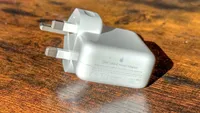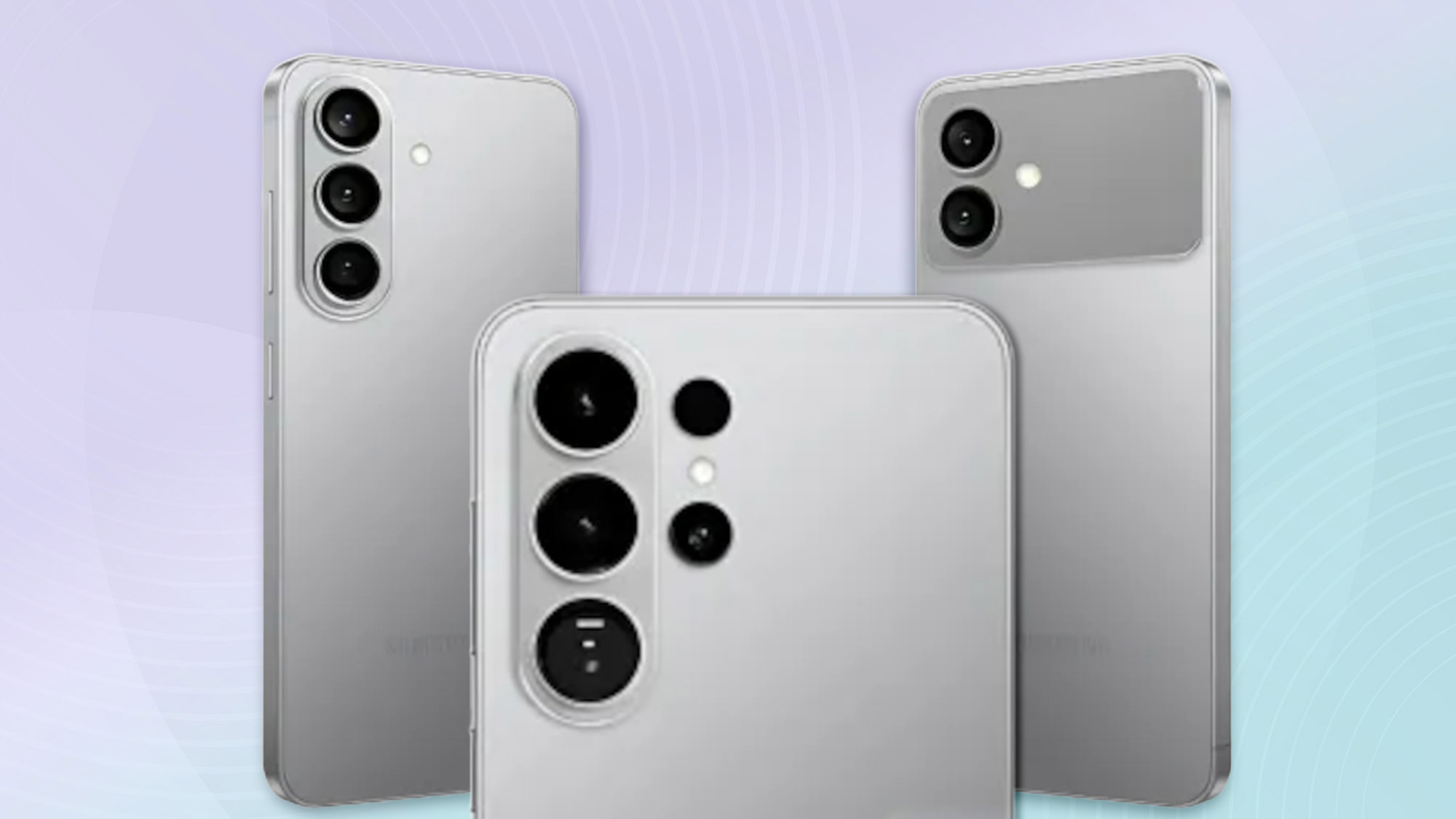Best iPhone chargers in 2025: Tested and rated
My favorite chargers to recommend to iPhone owners
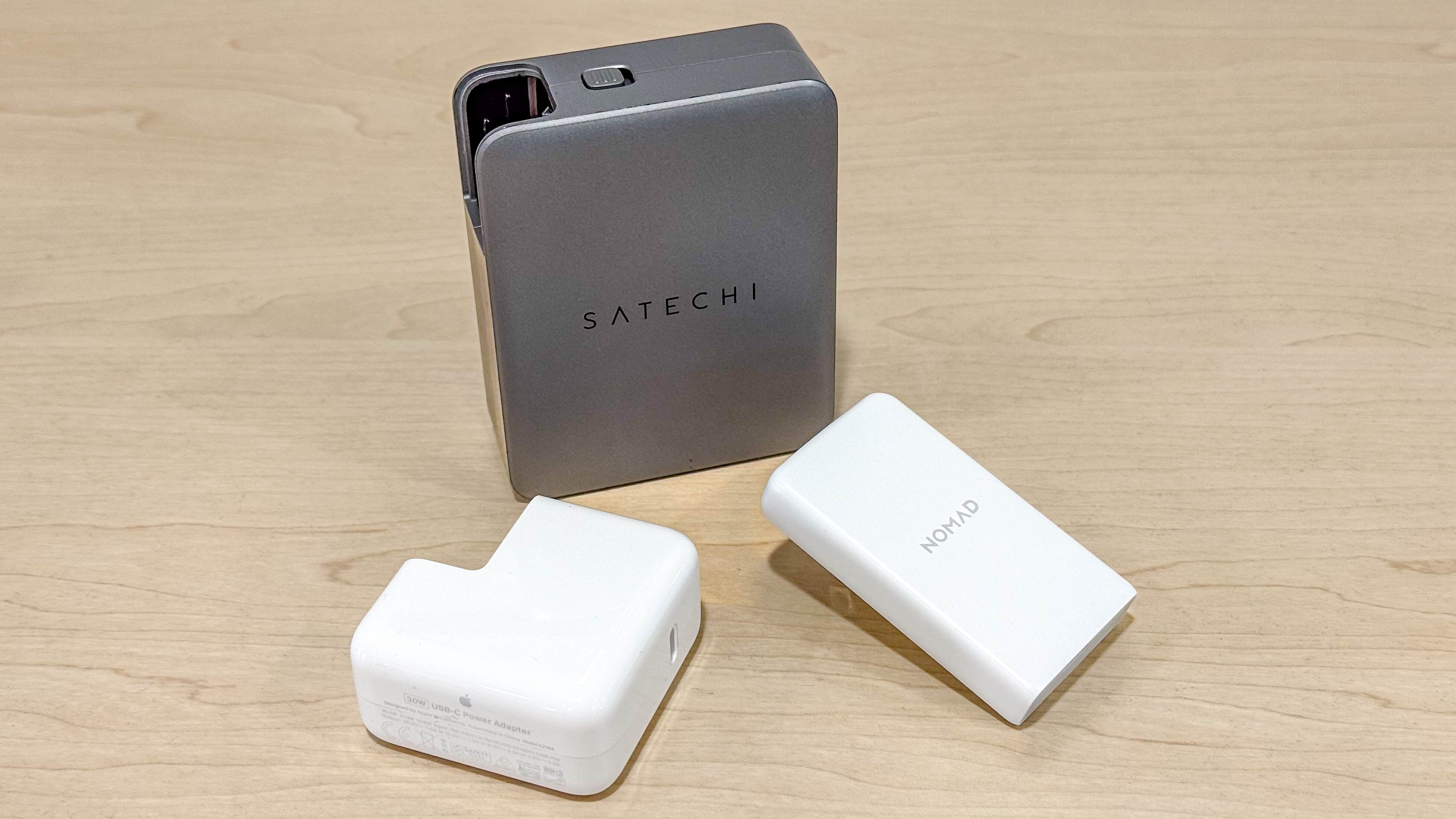
I've been searching for the best iPhone chargers ever since Apple stopped selling iPhones with a charger five years ago this year. I've found several good options in the intervening years, and since it's likely that a lot of you have updated your iPhone handset in that time, and now that iPhones offer much quicker charging than they used to, a high-quality power brick is in order to go with one of our best iPhones picks you no doubt purchased.
Chargers come in all sorts of types, depending on how large or small you want them to be, how many devices they'll charge at once, and how fast. Taking all this into account, and more besides, I've gathered together my favorite options to present to you below.
Personally, I find it hard to fault the Belkin Boost Charge USB-C PD 30W Wall Charger. It's not a complicated charger, but equally it's cheap and just as fast at charging an iPhone as its rivals. I also rate the Nomad 25W Slim Power Adapter for its portability, and the Satechi USB-C 4-Port GaN Travel Charger for its high power and charging versatility.
Read more about what these best iPhone chargers are capable of, and for guidance around specs and picking the best charger for you. And consider taking a look at our best wireless chargers guide if you prefer something without cables, or our best phone battery life guide if you want to learn what the most efficient iPhones around right now are.

Testing iPhones means charging iPhones, so I regularly have to reach for one charging brick or another to power up iPhones of all kinds while writing up my findings. This testing happens at home, in the TG office and out in the real world, so my chargers follow along, allowing me to try them on the move as well as in the two most common places for refuelling your phones.
Charging isn't the most glamorous part of reviewing phones, but it's important all the same. So I give even the simplest charger a thorough try before recommending it.
The quick list
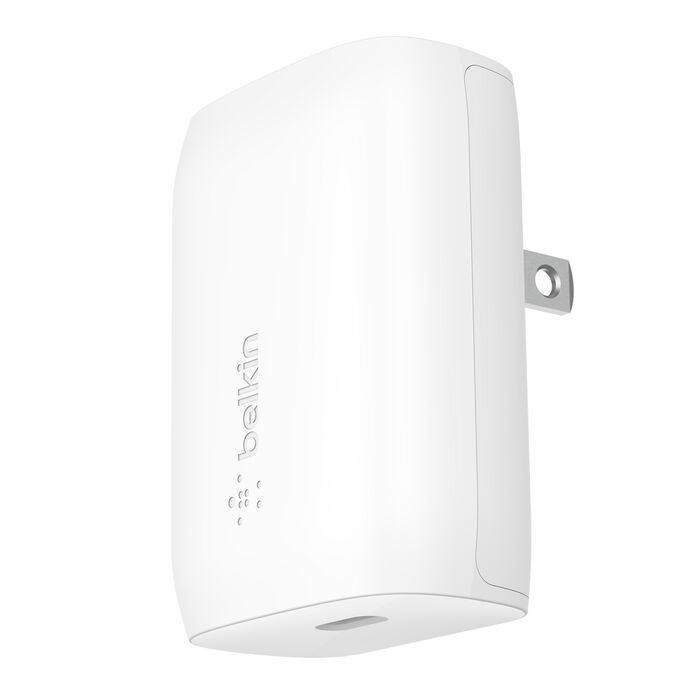
The best iPhone charger overall
Our top charger, and the best value of our entries too, this Belkin power brick provides all the power you need to get maximum charging speed from your iPhone for only two-thirds the price of Apple's equivalent. The thick design makes it attractive but also a little harder to transport than some chargers.

Best small iPhone charger
A charger you can easily keep in your pocket, but one that still provides all the juice you need for even the most power-hungry iPhone. It's only available with a U.S. connector though, which could be a big issue for some readers.

The best multi-device iPhone charger
If you have more than just your iPhone to charge, this four-port charger will easily provide all the power you want, and in a well-sized package with interchangeable adapters and a carrying pouch. It's rather expensive, and unnecessarily large unless you do have several things in need of a refuel.
The best iPhone chargers you can buy today
Why you can trust Tom's Guide
The best iPhone charger overall
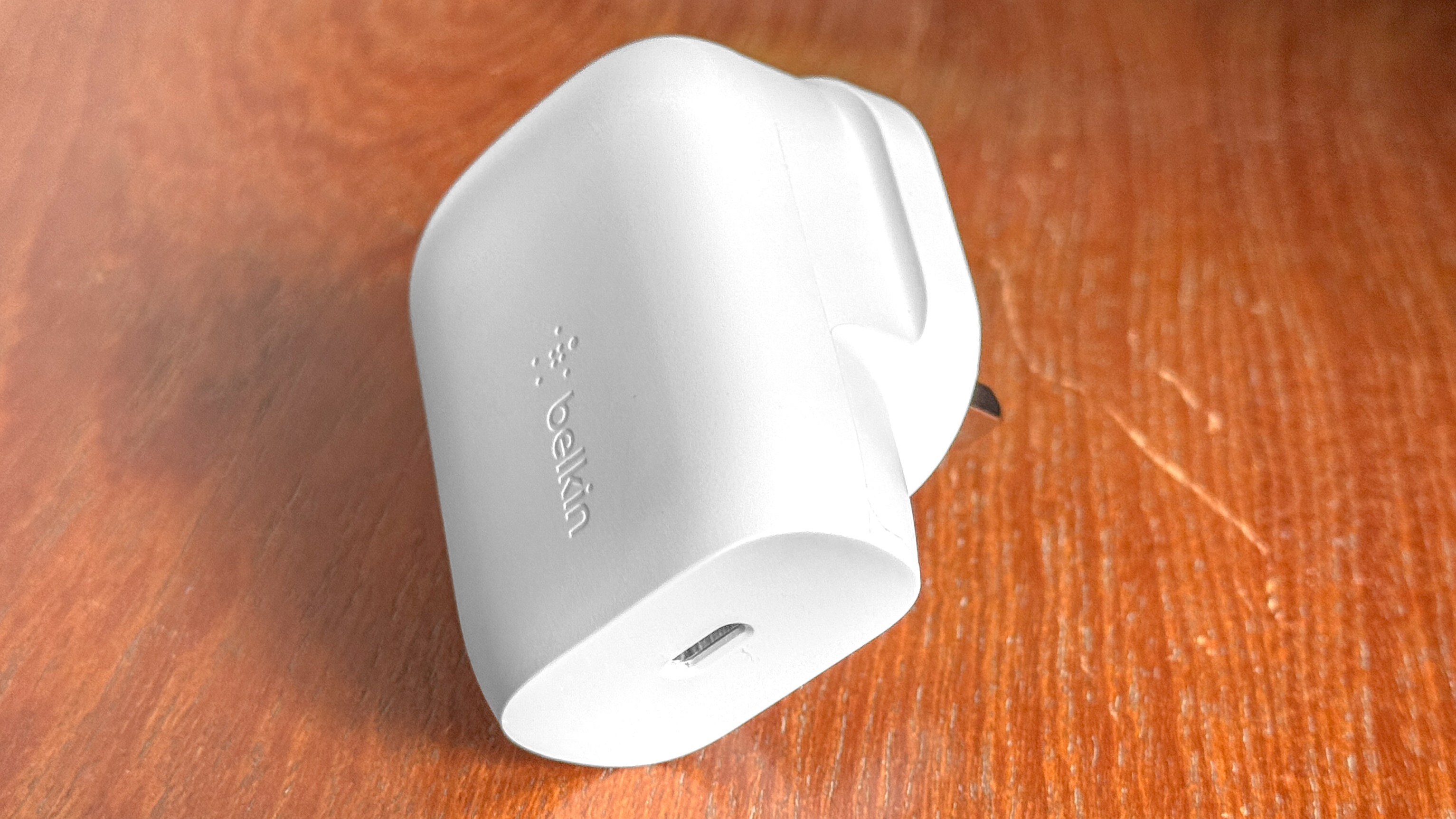
1. Belkin Boost Charge USB-C PD 30W Wall Charger
Our expert review:
Specifications
Reasons to buy
Reasons to avoid
Luckily for our readers, the best iPhone charger I've tested, the Belkin Boost Charge USB-C PD 30W Wall Charger, is also the cheapest on this list. It's noticeably cheaper than the equivalantly-powered Apple charger, while offering just as much compatibility.
Belkin's charger offers USB-C PD 3.0 compatability, which means it can adjust its output to offer the best possible charging speeds to lots of different devices, not just iPhones. My only real complaint is the size, which is larger than it perhaps needs to be due to the rounded, friendly-looking shape of the charger. Its foldable prongs mean it can still fit comfortably in small pockets or bags, but the version I tried with a fixed UK prong arrangement made it hard to fit neatly in my cable bag.
While it's not as portable as I'd like a charger of this size to be, it remains in use years after I first tested it as the power source for my bedside charging set-up. And if that's not enough endorsement, I don't know what else will persuade you that the Belkin Boost Charge USB-C PD 30W Wall Charger is well worth buying.
The best compact iPhone charger
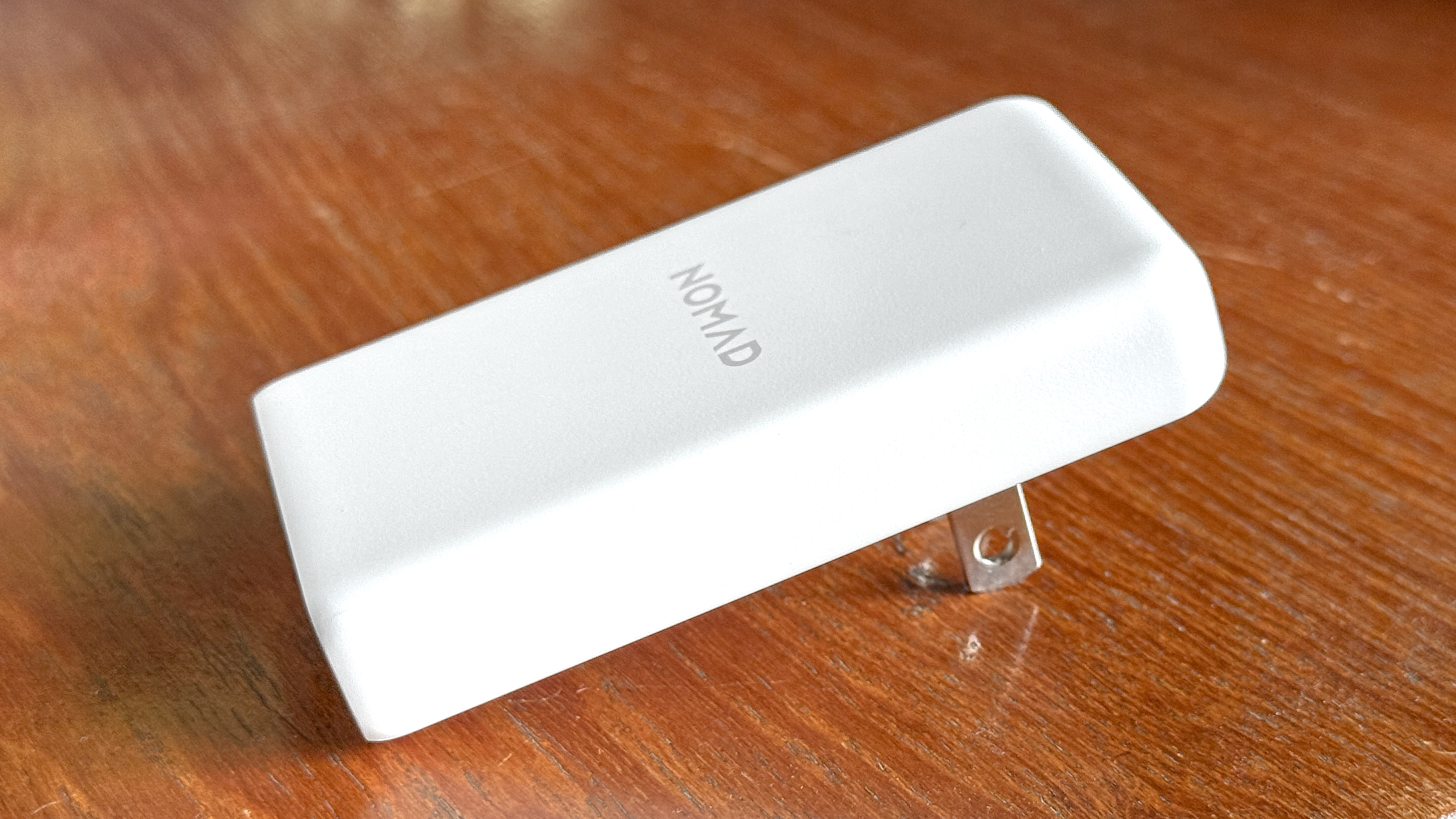
2. Nomad 35W Slim Power Adapter
Our expert review:
Specifications
Reasons to buy
Reasons to avoid
Chargers don't have to take up a lot of space, and the Nomad 35W Slim Power Adapter proves that. Shorter and narrower than the iPhone you're charging, and only a touch thicker, if you can fit your phone in your pocket, the Nomad charger can too. But it's probably better off living in one of your bag's tiny unused pockets, ready to provide a charge when you need it.
And a charge it will deliver, with a 35W speed that's more than enough to power up even the biggest and latest iPhone models. It'll help larger devices like a tablet or small laptop topped up too when needed. The only caveat is Nomad only sells this charger with U.S. prongs, so you'll either need an adapter, or more likely look elsewhere. I don't use this charger regularly, but it's in my travel bag along with my passport and foreign cash, ready for me to use whenever I travel to the U.S. instead of packing a normal charger plus an adapter.
If you can use the Nomad 35W Slim power Adapater's installed prongs though, it's a brilliant premium, portable power source. And while it doesn't affect performance, I love how this is the only charger on this list with two color options to pick from, depending on how you want it to blend in with or stand out from your other tech.
The best iPhone charger for multiple devices
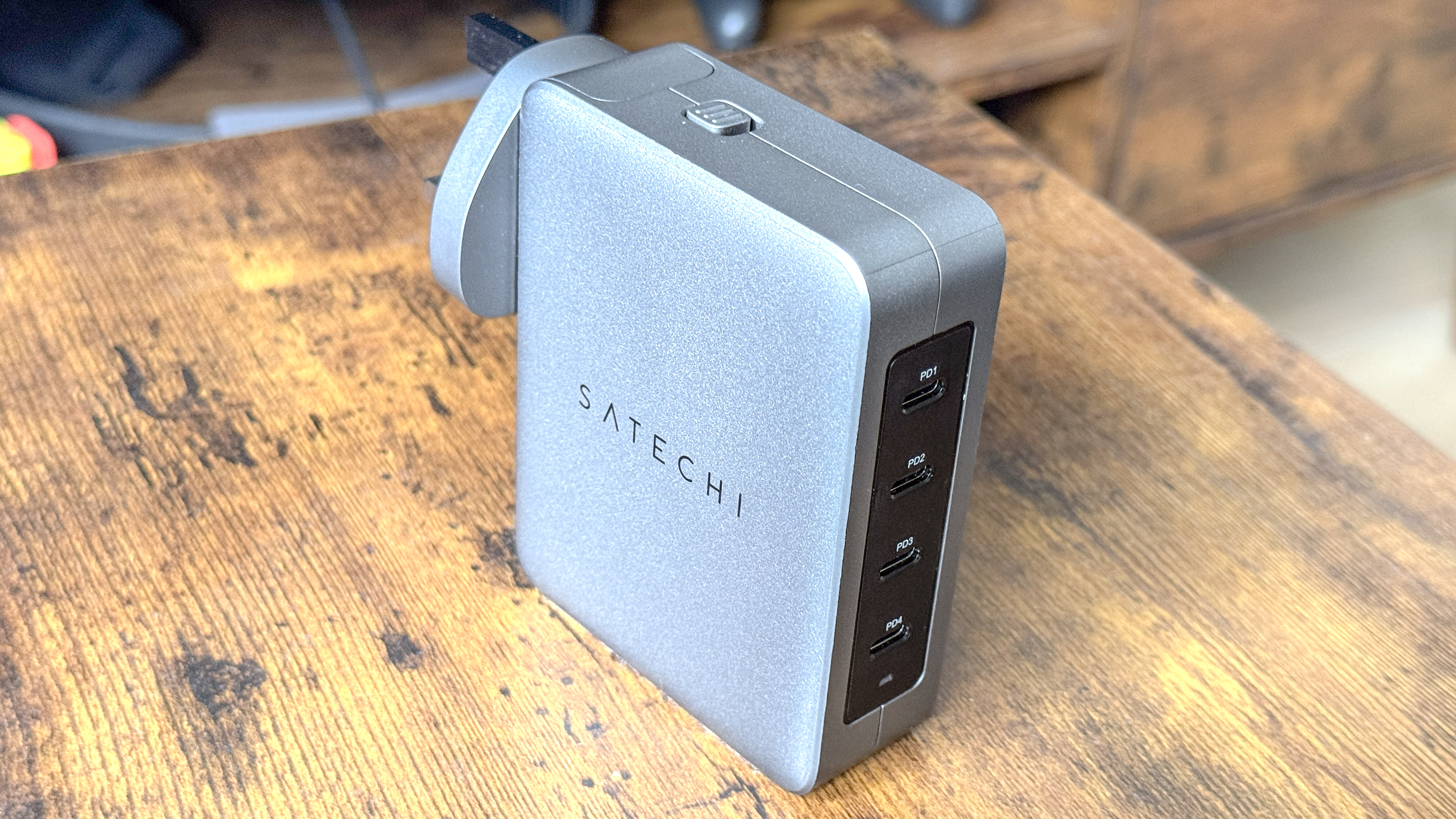
3. Satechi 145W USB-C 4-Port GaN Travel Charger
Our expert review:
Specifications
Reasons to buy
Reasons to avoid
The Satechi 145W USB-C 4-Port GaN Travel Charger is the workhorse power source I keep in my work bag. It can charge an iPhone at full speed, while also providing enough juice for a laptop and two more phones, without breaking a sweat. Ideal for a tech journalist, or anyone who wants a whole desk of devices charged from the same port.
With U.S., U.K., EU and Australian charging prongs all offered in the same package via a bag of interchangeable ends, you can go abroad safe in the knowledge you don't need to pack a generic power adapter. Indeed, I've taken this charger on half a dozen trips abroad since first getting it in to test, and I'll continue to do so.
It's simple enough to remember the top two ports of the Satechi can charge up to 140W, and the lower two at 45W. But trying to recall what happens to power output when charging two or three items requires a literal reference table to make sure you've got your devices plugged and charging at the best speeds. That, plus the understandable expense of using a GaN-powered mutli-device charger, are two reasons you may want to avoid this. But there's no better multi-device charging option for iPhones as far as I'm concerned.
Also tested
Apple 30W USB-C Power Adapter
Here's our yardstick for this guide. If you want the best possible charging speeds for your iPhone, the 30W charging speed guarantees it whereas Apple's 20W charger, despite being the one Apple uses for its iPhone charging promises, doesn't offer enough juice
It's easy to find, and comes included with some larger Apple devices, so you may already happen to have it if you've bought a recent MacBook Air or iPad Pro. But if you're buying specifically for your iPhone, there's no one thing this charger does better than the others on this list, other than having the Apple look and branding.
How to choose the best iPhone charger for you
Along with how much you're willing to spend, there are some other factors to consider when picking which iPhone charger to buy.
First off, the speed. Apple's advertised iPhone charging speeds are currently based on a 20W charger, which all the chargers on this list exceed. But with some models like the iPhone 16 Pro Max supporting over 30W of power draw under specific circumstances, you may want something more powerful to get the fastest charge when you need an emergency top-up. But if you're only ever going to charge your phone overnight, charging speed, and therefore the charger's wattage, won't be as much of an issue.
You will also want to consider how you plan to use the charger, specifically if it's going to stay in one place or accompany you on the move. A charger you're planning to carry around would ideally be smaller or lighter than a typical charger, depending on how much power/charging ports it's offering.
iPhone charger specs compared
For easy reference, here's a table of all the key details for our top-rated chargers. There are regional differences between these chargers due to different prong types, so for consistency all of these are based on the model sold in the United States.
| Row 0 - Cell 0 | Belkin Boost Charge USB-C PD 30W Wall Charger | Nomad 35W Slim Power Adapter | Satechi 145W USB-C 4-Port GaN Travel Charger | Apple 30W USB-C Power Adapter |
Price (USD) | 25 | 29 | 119 | 39 |
Maximum power output (watts) | 30W | 35W | 145W (65W/30W/25W/20W with four ports used) | 30W |
Size (in) | 0.97 x 1.67 x 2.34 (prongs folded) | 2.8 x 1.61 x 0.54 (prongs folded) | 3.81 x 3.03 x 1.22 (without prongs) | TBC |
Weight (oz) | 2.4 | 1.7 | 12.2 | 4.3 |
Charging speed (% filled after 15 mins/30 mins) | 30/54 | 31/54 | 31/56 | 31/56 29W peak (14.4V, 1.9A roughly) |
As you can see from the charging figures, all of these charges, including our Apple-made benchmark, provide an iPhone 16 Pro Max with the same amount of power over the same amount of time, give or take a couple of percent. Pricing and sizing is pretty similar too, at least for the single-ported chargers. The four-port Satechi charger is understandably much heavier, larger and more expensive in return for offering as much power as it does.
How we test
There's no way to test a charger other than to charge a device, so that's exactly what we do. To be specific, we charge an iPhone 16 Pro Max from 1% battery while resting on a wooden desk, in order to see the maximum possible charging speeds and roughly recreate the typical charging situation of a regular user.
Chargers are tested in the real world for a week or longer to see how effective they are in different situations. We use the same 60W-rated cable to charge our test iPhone, but will test with any provided cable as well. Design, build quality and any other distinguishing features are also assessed prior to a final rating being given.
FAQ
What is a GaN charger?
GaN stands for gallium nitride, a material that's more efficient at transferring an electric current than typical silicon-made charging circuits, meaning more power for your devices with less heat generated, and smaller overall sizes for chargers. This is the current cutting edge for consumer chargers, so buying a charger with this tech means you're getting the best available experience right now.
More from Tom's Guide
Get instant access to breaking news, the hottest reviews, great deals and helpful tips.

Richard is based in London, covering news, reviews and how-tos for phones, tablets, gaming, and whatever else people need advice on. Following on from his MA in Magazine Journalism at the University of Sheffield, he's also written for WIRED U.K., The Register and Creative Bloq. When not at work, he's likely thinking about how to brew the perfect cup of specialty coffee.
